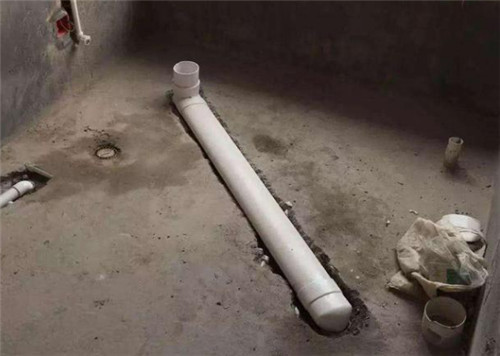
Home / Blog Center / Chargers / Will Moving a Toilet More Than One Meter Cause Clogs?
Will Moving a Toilet More Than One Meter Cause Clogs?
18/12/2024 | Hawkrown
Renovating a toilet is not a trivial matter, as there are many details to consider to ensure proper functioning in the future. So, will moving the toilet more than a meter cause clogging?
一、Will moving the toilet more than a meter cause clogging?
In general, moving a toilet more than a meter is unlikely to cause it to clog. However, it largely depends on daily usage. During the toilet relocation process, it is essential to use a 110 mm pipe and to ensure that it has a certain angle of inclination. Additionally, it's advisable to use a standard single-chamber toilet and to slightly elevate the outlet. Furthermore, in daily use, avoid flushing food scraps or large objects down the toilet to prevent clogs.

二、What to pay attention to when relocating a toilet?
1、The application of a toilet relocation device should primarily consider whether the pit distance is appropriate. It's possible to adjust the toilet seat within 0.10 meters, but it's crucial to avoid potential clogging issues and to minimize its use to ensure normal functioning later on.

2、In the case of a downward-moving toilet, the modifications can be more varied and convenient. Listening to experienced plumbers for advice is recommended, as they have greater knowledge in this area and can help avoid issues in the details.

3、Modifying the wastewater pipe location is essential and must be discussed with neighbors. Typically, a large elbow pipe is constructed at the top of the building. This approach is better than using a relocation device, as it reduces the risk of clogging. After modifying the drainage pipeline, it is crucial to reapply moisture-proofing measures. Testing your drainage system afterward is also necessary to ensure proper spacing.

summary:
whether moving a toilet more than a meter will cause clogging has been covered here. It is important to use a 110 mm pipe during the relocation and to ensure it has a certain angle of inclination while slightly elevating the outlet of a standard single-chamber toilet.












